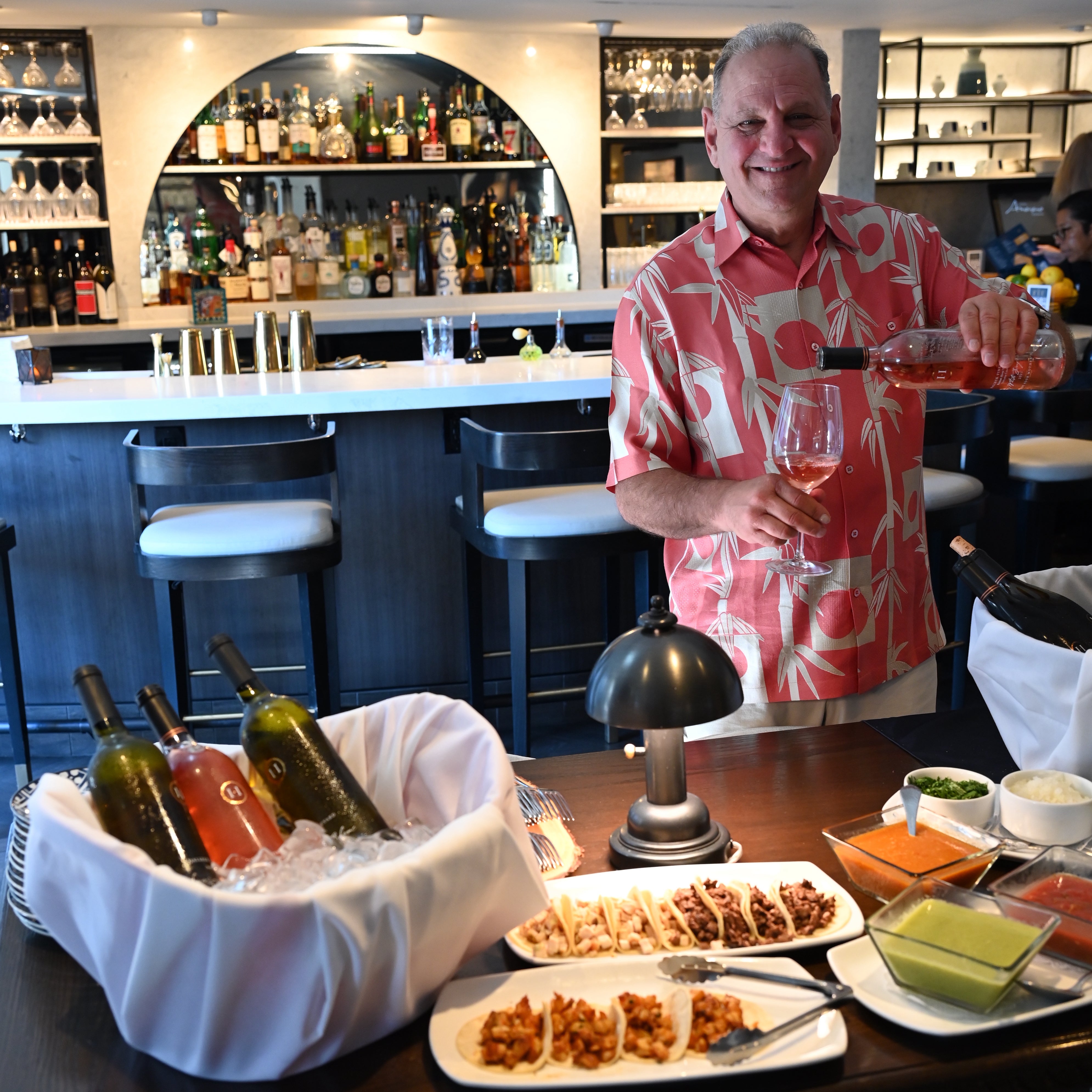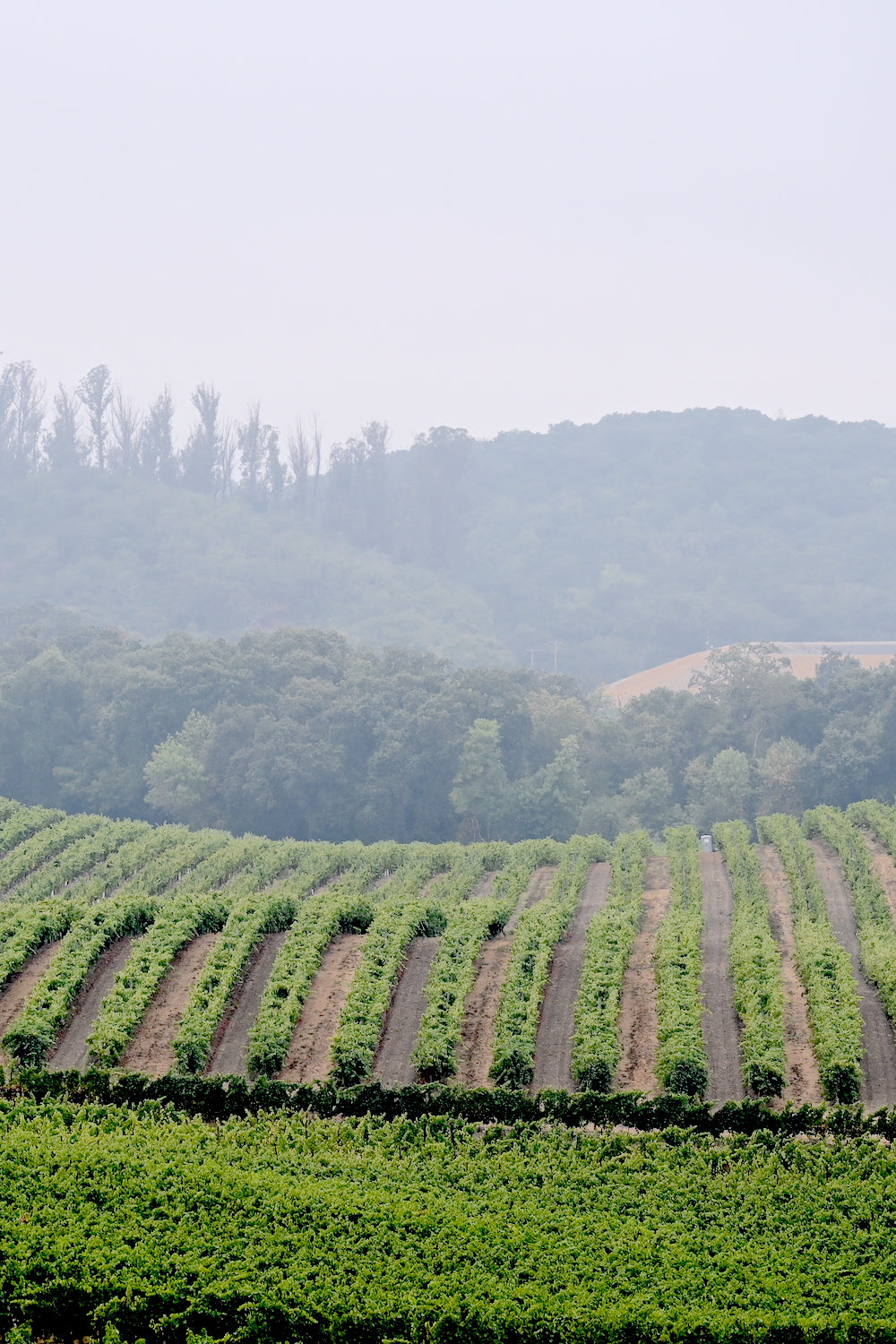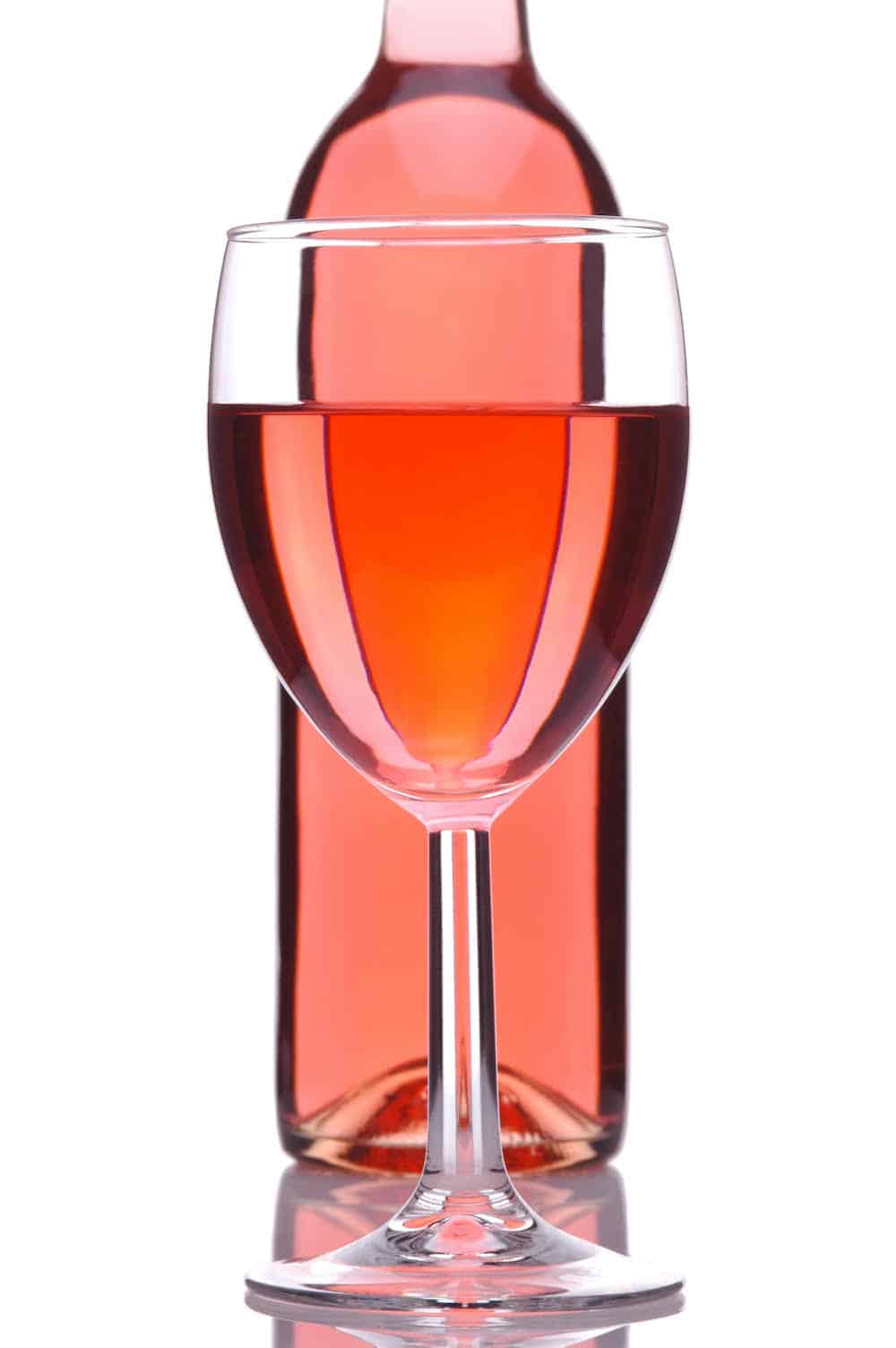Family-Oriented Wine Tasting Venues In Sebastopol - Wine Tasting Activities In Sebastopol
Wine tasting is an art that combines sensory experience with an appreciation for the nuances of different varietals. How to judge flavors in winery wine tasting classes is pivotal to grasping the complexities of wine.
Partaking in a wine tasting entails more than simply sipping and savoring. It requires a centered strategy to determine aromas and flavors that each wine presents. As you begin, observe the wine's appearance, noting its shade and clarity. These visual cues often suggest a wine’s age, grape variety, and even potential flavor profiles.
The subsequent step within the tasting course of is to swirl the wine in your glass. This motion releases fragrant compounds which are important for analysis. Lean in and take a second to inhale deeply; the aromas can range from floral and fruity to spicy and earthy. The nose of the wine is just as important because the palate, and recognizing scents performs a major position in understanding the overall experience.
When taking your first sip, allow the wine to move throughout your palate - Wineries Located Near Russian River Valley. Discover the preliminary flavors that current themselves. Is the wine fruity, floral, or perhaps herbaceous? This preliminary taste gives insight into what the wine is likely to specific as you proceed to evaluate it. The mouthfeel also contributes to the general flavor experience; it can be silky, tannic, or even effervescent.
Wineries With Artisan Chocolate Pairings In Sonoma - Sonoma Valley Vineyards And Wine Tasting
As you proceed tasting, take note of the wine’s steadiness. A well-balanced wine will harmonize acidity, sweetness, and tannins. If one element overwhelms the others, it'd indicate a less desirable quality. Evaluating balance can help you identify how properly the wine may pair with food.
Transitioning to the end, contemplate how the flavors evolve because the wine lingers in your palate. A lengthy, pleasant finish can indicate a high-quality wine, whereas a brief or abrupt end may recommend otherwise. Mirror on whether the flavors remain constant or if new notes emerge because the wine settles. This development can reveal complexities and intricacies which may not have been apparent in the preliminary tasting.
Temperature can be an important factor in evaluating wine flavors. Different types of wine are optimally loved at particular temperatures. White wines often shine when chilled, while pink wines usually perform best at room temperature. When tasting, ensure the wine is on the applicable temperature to fully recognize its character.
Wineries That Welcome Walk Ins - Sonoma Vineyards To Explore
Pairing food with wine can greatly improve the tasting experience. Foods can influence the notion of flavors in wine, either highlighting certain traits or diminishing them. When evaluating flavors, think about how the wine interacts with totally different foods, noticing which flavors are amplified or muted (Wineries That Offer Barrel Tastings).

Contemplate the influence of terroir as you engage in a winery tasting. Terroir encompasses the distinctive environmental factors that have an result on grape growing, together with soil composition, climate, and geography. Understanding a wine's terroir can present insight into its flavors and aromas, fostering a deeper appreciation for the alternatives made throughout its cultivation and production.
Training plays a fundamental position in enhancing one's capacity to gauge wine flavors. Studying about grape varieties, wine regions, and manufacturing methods can pave the way in which for extra informed judgments during tastings. Moreover, attending workshops or classes can refine sensory skills and expand your flavor vocabulary, enabling content you to articulate tasting notes more successfully.

Lastly, it's important to do not neglect that evaluating wine flavors is a highly personal experience. Individual preferences and perceptions will invariably shape one’s tasting journey. Enjoyment should be at the forefront, with the evaluation process appearing as a device to reinforce understanding and appreciation quite than create rigid tips.
Wineries Promoting Wine Club Memberships - Sonoma’s Lush Vineyard Landscapes
In conclusion, mastering tips on how to consider flavors in winery wine tasting periods includes a mix of sensory engagement, data, and practice. By learning to identify aromas, assess the steadiness, and appreciate the intricacies of flavor, wine enthusiasts can deepen their connection to every bottle they encounter. As with any art type, the more one immerses themselves in the experience, the extra they may uncover and enjoy the vast world of wine.
- Begin by observing the wine's colour and readability, as these visual parts can trace at its flavor profile and getting older potential.
- Swirl the wine gently in your glass; this releases fragrant compounds, permitting you to higher identify the complex scents associated with the wine.
- Take a deep inhale before tasting, focusing on both main and secondary aromas to collect insights on fruits, spices, and different nuances.
- When tasting, permit the wine to coat your palate; note the preliminary flavors, the mid-palate complexity, and the end as these phases can present different flavor highlights.
- Pay attention to texture and mouthfeel, as aspects such as tannin levels, acidity, and sweetness contribute considerably to the general tasting experience.
- Evaluate flavors in opposition to commonplace wine traits; for purple wines, think about berry notes, oak affect, and natural tones, whereas whites might embrace citrus, stone fruits, and floral hints.
- Take notes through the tasting session to track your impressions, helping you to remember and evaluate the different wines sampled.
- Focus On your findings with fellow tasters or winery workers, as sharing insights can improve understanding and appreciation of particular person flavors.
- Permit time for the wine to breathe; typically, flavors evolve and reveal new dimensions after being exposed to air.
- Experiment with food pairings during the tasting as they'll dramatically alter how flavors are perceived, influencing total enjoyment.undefinedWhat ought to I look for when evaluating the aroma of wine during a tasting?
Begin by swirling the wine in your glass to launch its aromas. Convey the glass to your nose and take a deep breath. Pay attention to the primary scents you detect, as these are sometimes probably the most outstanding. Look for fruit, floral, herbal, or earthy notes and attempt to establish particular characteristics, which will deepen your understanding of the wine's complexity.
Artisan Wineries In Russian River Valley - Unique Wine Tasting Experiences In Sebastopol
How can I distinguish between totally different flavor profiles in wine?
Understand that flavor profiles are sometimes categorized as fruit, floral, herbaceous, spicy, or mineral. Take small sips and permit the wine to coat your palate. Discover the first flavors that emerge first and the delicate notes that follow. This layering is important in distinguishing the wine's traits and will allow you to respect its unique profile.
Family-Friendly Wineries Near Sebastopol - Sonoma Wine Tasting Spots
What is the importance of the wine's texture in a tasting?

The texture of the wine, also called mouthfeel, plays a vital role in how we understand flavors. Pay attention page as to if the wine feels easy, creamy, or gritty. The body of the wine (light, medium, or full) can improve or distinction with flavors, providing a extra rounded experience during tasting.
How do I assess the stability of flavors in wine?
Steadiness in wine refers to the concord between acidity, sweetness, tannin, and alcohol. Take a second to assess whether or not these components complement or interfere with each other. A well-balanced wine could have none of its components overpowering the others, creating a pleasing tasting experience.
Wineries Near Sonoma Square - Wine Tasting Experiences In Sebastopol
What role does temperature play in evaluating wine flavors?
Temperature can considerably impact the notion of flavors. Generally, pink wines are best served barely below room temperature, whereas white wines benefit from being chilled. As the temperature adjustments, the aromas and flavors can shift, allowing you to understand different characteristics. It’s important to taste wine at its optimum temperature for true evaluation.
Wineries Offering Elegant Wine Tastings - Sonoma Wine Culture
How can I improve my tasting skills over time?
Practice is vital to bettering your tasting skills. Wine Tasting Experiences With Local Cheese. Attend tastings, maintain a journal of your experiences, and explore various kinds of wines to broaden your palate. Moreover, learning about wine production and grape varieties can present context that enhances your evaluation process, making you a extra knowledgeable taster.
Is there a selected order during which I should taste the wines?
Wineries Known For Their Beautiful Gardens - Sebastopol Wineries
Sure, it’s advisable to taste wines from light to full-bodied and dry to candy. This development prevents the stronger flavors from overshadowing the more delicate ones, permitting you to totally appreciate every wine's traits and nuances without palate fatigue.
How can I evaluate the aftertaste of wine?
Elegant Wine Tasting Locations In Sonoma - Celebrated Wineries Around Sebastopol
The aftertaste, or finish, is a vital facet of the wine-tasting experience. After swallowing, pay consideration to how long the flavors linger on your palate and whether they change. A long, pleasant finish is usually an indicator of a high-quality wine, while a short or unpleasant finish may suggest otherwise.
Why is it important to notice the wine’s acidity throughout tasting?
Acidity contributes to the general freshness and construction of the wine. Pay consideration to the tingling sensation on your tongue; greater acidity can enhance the wine's liveliness and balance out sweetness. Noting acidity helps determine the wine's versatility with food and its aging potential.
What ought to I do if I battle to determine specific flavors in wine?
Wineries Offering Off The Beaten Path Experiences - Local Wineries In Sebastopol
Struggling to identify flavors is common, especially for newbies. Focus on broader categories and describe what you can acknowledge, corresponding to candy or earthy notes. With practice, studying about completely different flavor profiles, and maybe utilizing flavor wheels, you may refine your senses and develop a extra nuanced method to tasting.